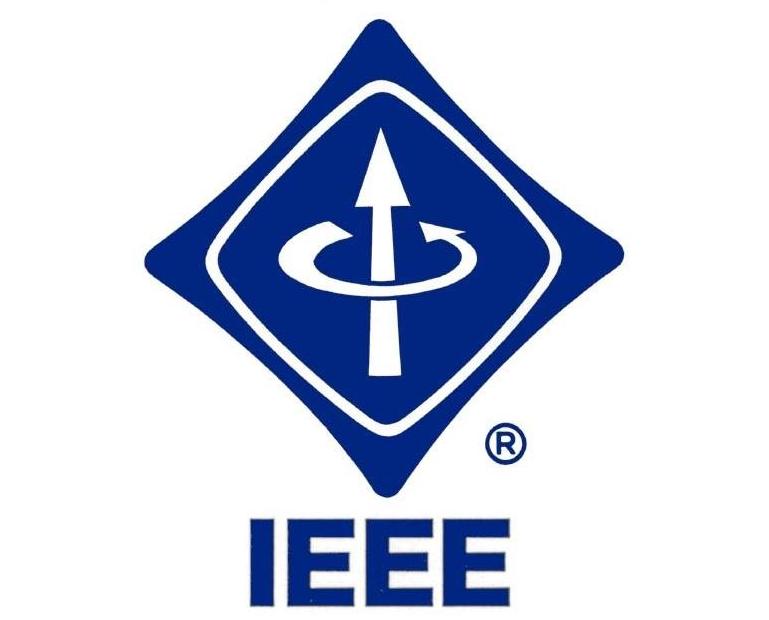Abstract:
We develop a vegetation mapping method using long-wave hyperspectral imagery and apply it to landmine detection. The novel aspect of the method is that it makes use of emissivity skewness. The main purpose of vegetation detection for mine detection is to minimize false alarms. Vegetation, such as round bushes, may be mistaken as mines by mine detection algorithms, particularly in synthetic aperture radar (SAR) imagery. We employ an unsupervised vegetation detection algorithm that exploits statistics of emissivity spectra of vegetation in the long-wave infrared spectrum for identification. This information is incorporated into a Choquet integral-based fusion structure, which fuses detector outputs from hyperspectral imagery and SAR imagery. Vegetation mapping is shown to improve mine detection results over a variety of images and fusion models.
Links:
Citation:
A. Zare, J. Bolton, P. Gader, and M. Schatten, “Vegetation mapping for landmine detection using long-wave hyperspectral imagery,” IEEE Trans. Geosci. Remote Sens., vol. 46, iss. 1, pp. 172-178, 2008. @Article{zare2008vegetation,
Title = {Vegetation mapping for landmine detection using long-wave hyperspectral imagery},
Author = {Zare, Alina and Bolton, Jeremy and Gader, Paul and Schatten, Miranda},
Journal = {IEEE Trans. Geosci. Remote Sens.},
Year = {2008},
Month = {Jan.},
Number = {1},
Pages = {172-178},
Volume = {46},
Doi = {10.1109/TGRS.2007.906438},
}

